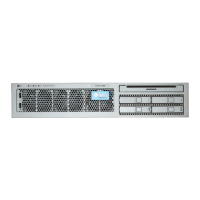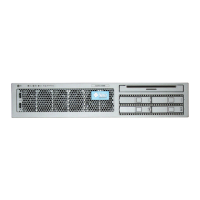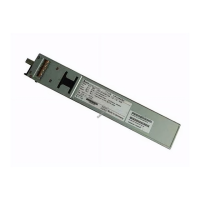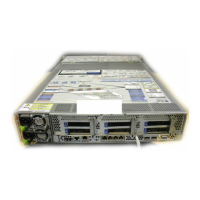Chapter 6 Managing Disk Volumes 69
Note – The logical device names might appear differently on your system,
depending on the number and type of add-on disk controllers installed.
2. Type the following command:
The creation of the RAID volume is interactive, by default. For example:
As an alternative, you can use the –f option to force the creation if you are sure of
the member disks, and sure that the data on both member disks can be lost. For
example:
When you create a RAID mirror, the secondary drive (in this case, c0t1d0)
disappears from the Solaris device tree.
3. (Optional) To check the status of a RAID mirror, type the following command:
The preceding example indicates that the RAID mirror is still resynchronizing with
the backup drive.
# raidctl -c primary secondary
# raidctl -c c0t0d0 c0t1d0
Creating RAID volume c0t0d0 will destroy all data on member disks,
proceed
(yes/no)? yes
Volume ’c0t0d0’ created
#
# raidctl -f -c c0t0d0 c0t1d0
Volume ’c0t0d0’ created
#
# raidctl
RAID Volume RAID RAID Disk
Volume Type Status Disk Status
--------------------------------------------------------
c0t0d0 1M RESYNCING c0t0d0 OK
c0t1d0 OK

